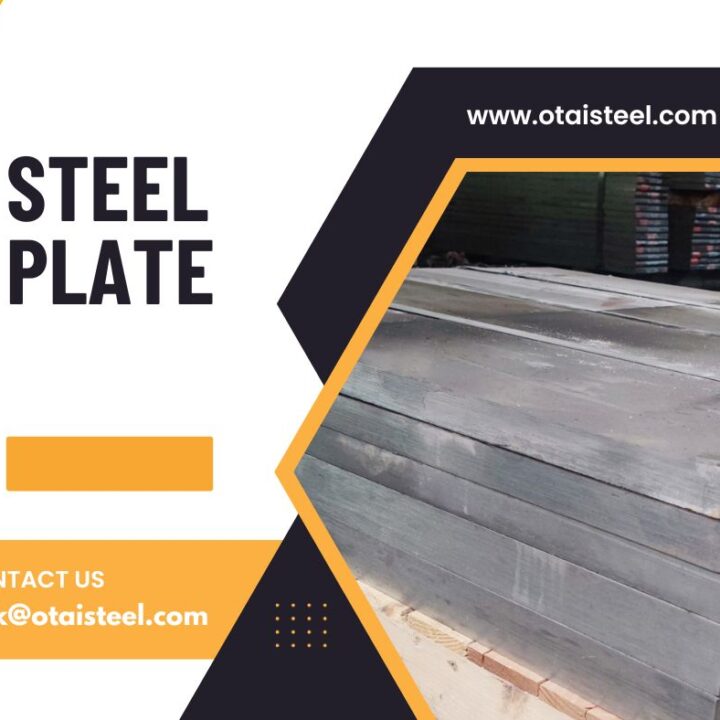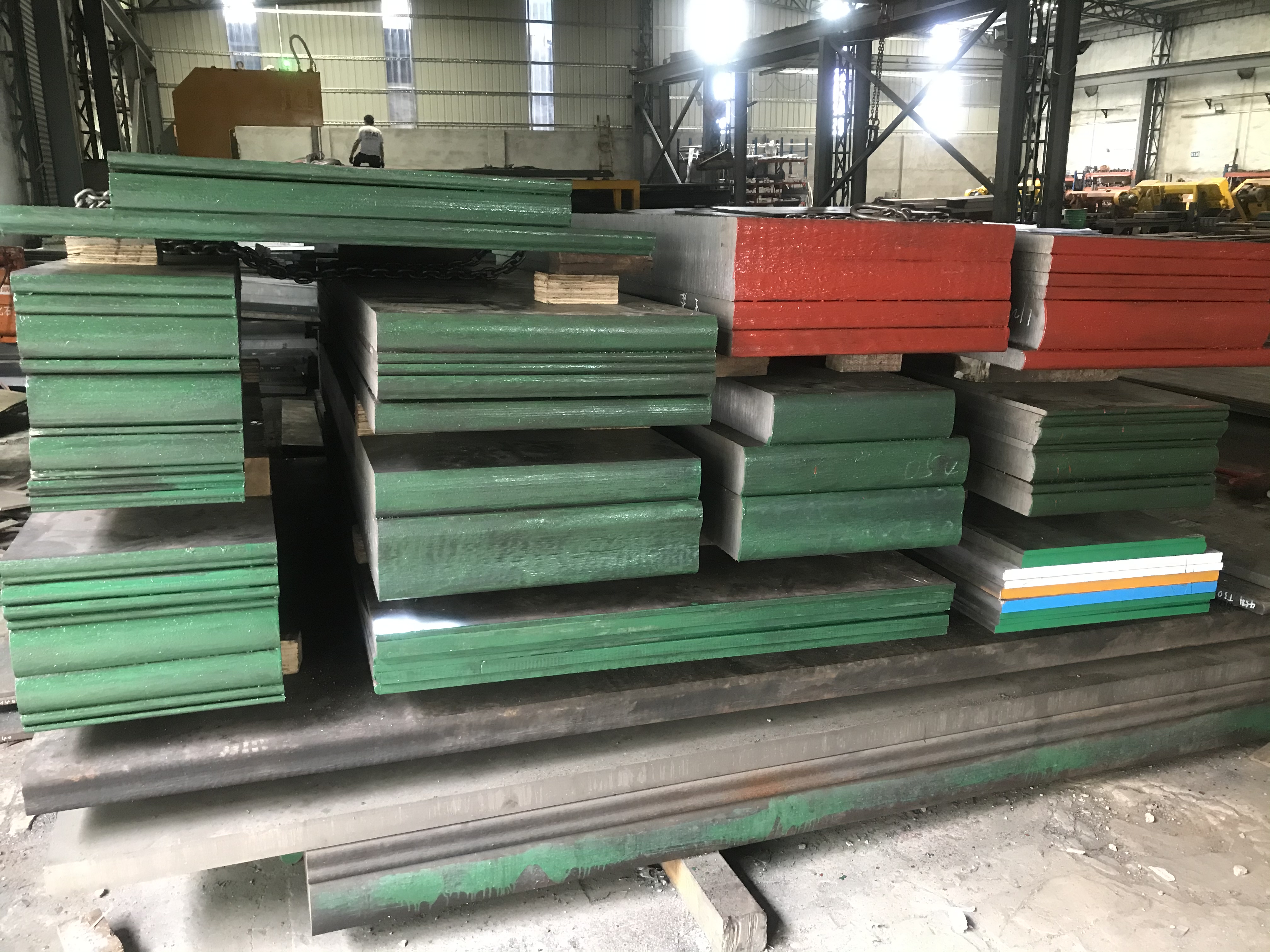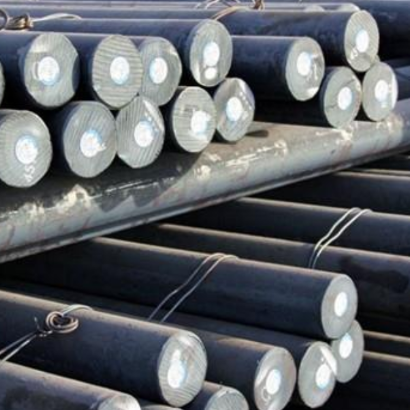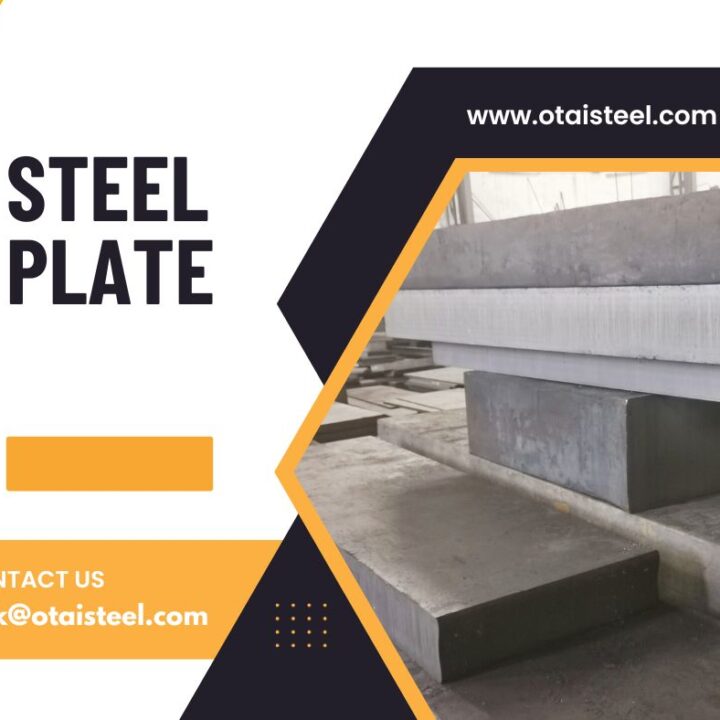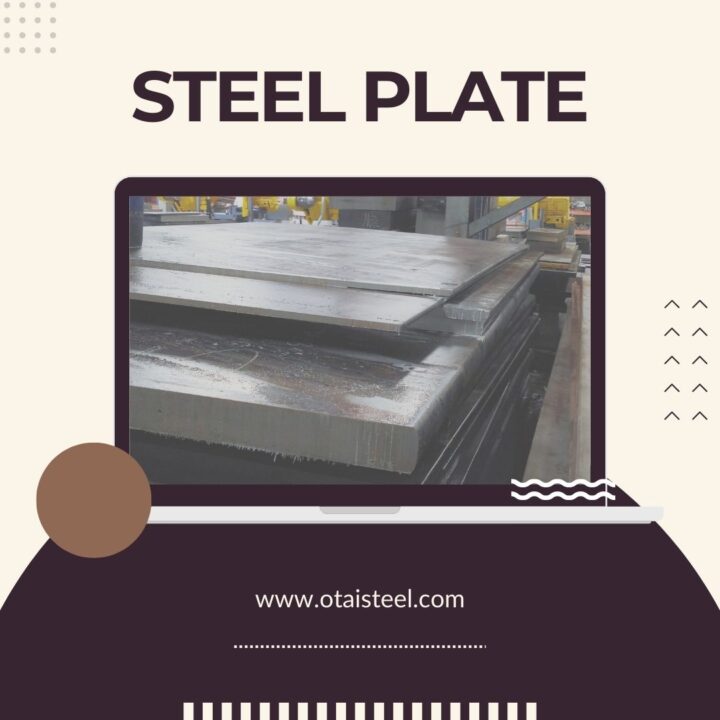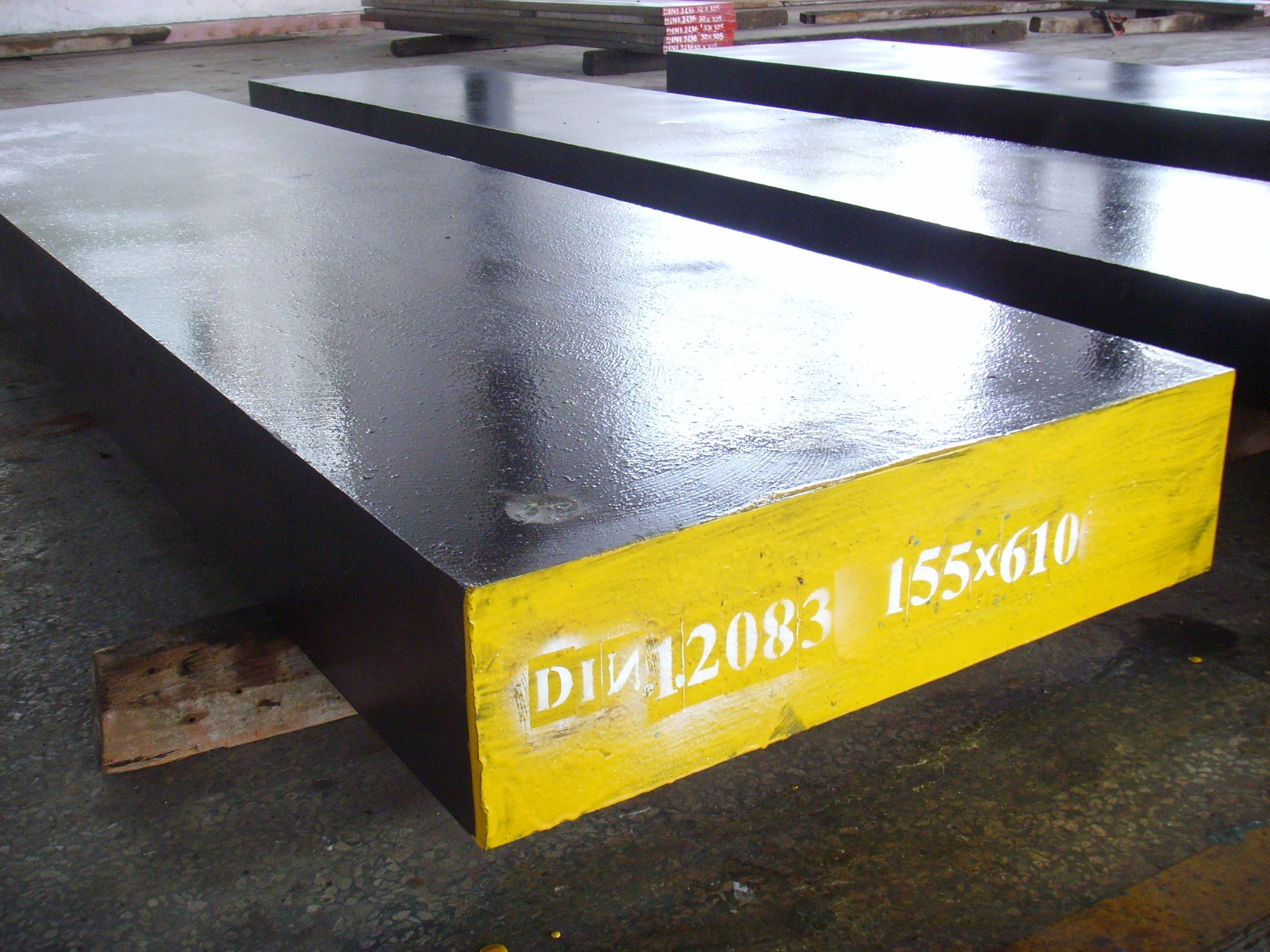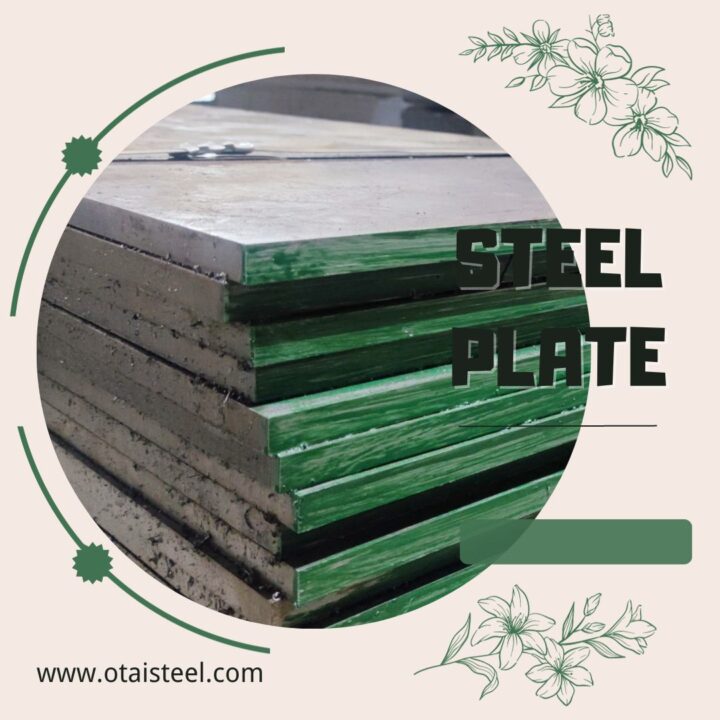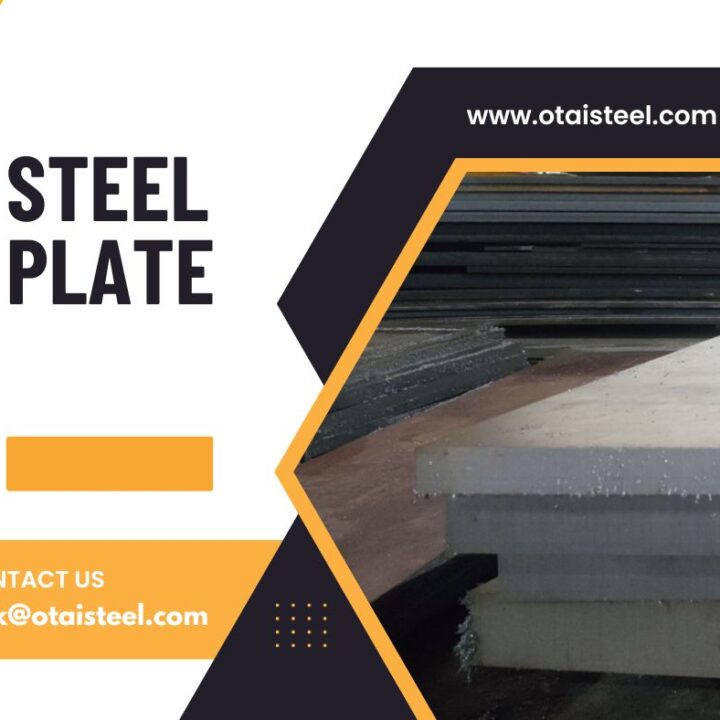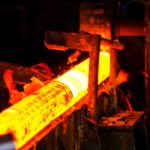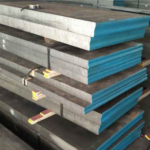Classification of steel
Ferrous, steel and nonferrous metals
Before introducing the classification of steel, the basic concepts of ferrous metals, steel and non-ferrous metals are briefly introduced.
1. Ferrous metals are iron and its alloys. Such as steel, pig iron, ferroalloy, cast iron, etc. Steel and pig iron are based on iron, carbon as the main added element of alloy, collectively known as iron carbon alloy.
Pig iron refers to the product made by smelting iron ore in blast furnace, which is mainly used for steelmaking and casting.
Cast pig iron is melted in an iron melting furnace to obtain cast iron (liquid state), which is called cast iron casting.
Ferroalloy is an alloy composed of iron and silicon, manganese, chromium, titanium and other elements. Ferroalloy is one of the raw materials for steel-making. It is used as deoxidizer and alloy element additive in steel-making.
2. The pig iron for steelmaking is put into the steelmaking furnace and smelted according to a certain process to obtain steel. Steel products include ingots, continuous casting billets and direct casting of various steel castings. Generally speaking, steel refers to the steel rolled into various steels. Steel belongs to ferrous metal, but steel is not equal to ferrous metal.
3. Nonferrous metals, also known as non-ferrous metals, refer to metals and alloys other than ferrous metals, such as copper, tin, lead, zinc, aluminum, brass, bronze, aluminum alloys and bearing alloys. In addition, chromium, nickel, manganese, molybdenum, cobalt, vanadium, tungsten and titanium are also used in industry. These metals are mainly used as alloy additives to improve the properties of metals. Tungsten, titanium and molybdenum are mostly used to produce cemented carbide for cutting tools. These nonferrous metals are called industrial metals. In addition, there are precious metals: platinum, gold, silver, and rare metals, including radioactive uranium and radium.
Classification of steel
Steel is an iron carbon alloy with carbon content between 0.04% and 2.3%. In order to ensure its toughness and plasticity, the carbon content generally does not exceed 1.7%. Besides iron and carbon, the main elements of steel are silicon, manganese, sulfur and phosphorus. The classification methods of steel are various, and the main methods are as follows:
1. Classification by quality
(1) Ordinary steel (P ≤ 0.045%, s ≤ 0.050%)
(2) High quality steel (P, s ≤ 0.035%)
2. Classification by chemical composition
(1) Carbon steel: A. low carbon steel (C ≤ 0.25%); B. medium carbon steel (C ≤ 0.25 ~ 0.60%); C. high carbon steel (C ≤ 0.60%).
(2) Alloy steel: A. low alloy steel (total alloy element content ≤ 5%); B. medium alloy steel (total alloy element content > 5 ~ 10%); C. high alloy steel (total alloy element content > 10%).
3. Classification by forming methods: (1) forged steel; (2) cast steel; (3) hot rolled steel; (4) cold drawn steel.
4. Classification by metallographic structure
(1) Annealed: A. hypoeutectoid steel (ferrite + pearlite); B. eutectoid steel (pearlite); C. hypereutectoid steel (pearlite + cementite); D. ledeburite steel (pearlite + cementite).
(2) Normalized: A. pearlitic steel; B. bainitic steel; C. martensitic steel; D. austenitic steel.
(3) Having no or partial transformation
5. Classification by use
(1) Construction and engineering steel: a. ordinary carbon structural steel; b. low alloy structural steel; c. reinforced steel.
(2) Structural steel
a. Mechanical manufacturing steel: (a) quenching and tempering structural steel; (b) surface hardening structural steel: including carburizing steel, ammoniating steel and surface quenching steel; (c) easy cutting structural steel; (d) cold plastic forming steel: including cold stamping steel and cold heading steel.
b. Spring steel
c. Bearing steel
(3) Tool steel: a. carbon tool steel; b. alloy tool steel; c. high speed tool steel.
(4) Special performance steel: a. stainless and acid resistant steel; b. heat resistant steel: including anti-oxidation steel, hot strength steel and air valve steel;c. electric heating alloy steel; d. wear resistant steel; e. low temperature steel; f. electrical steel.
(5) Professional steel, such as bridge steel, ship steel, boiler steel, pressure vessel steel, agricultural machinery steel, etc.
6. Comprehensive classification
(1) Ordinary steel
a. Carbon structural steel: (a) Q195; (b) Q215 (a, b); (c) Q235 (a, B, c); (d) q255 (a, b); (E) Q275.
b. Low alloy structural steel
c. General structural steels for specific applications
(2) High quality steel (including * * high quality steel)
a. Structural steel: (a) high quality carbon structural steel; (b) alloy structural steel; (c) spring steel; (d) easy cutting steel; (E) bearing steel; (f) high quality structural steel for specific purposes.
b. Tool steel: (a) carbon tool steel; (b) alloy tool steel; (c) high speed tool steel.
c. Special performance steel: (a) stainless acid resistant steel; (b) heat resistant steel; (c) electrothermal alloy steel; (d) electrical steel; (E) high manganese wear-resistant steel.
7. Classification by smelting method
(1) According to the type of furnace
a. Open hearth steel: (a) acid open hearth steel; (b) basic open hearth steel.
b. Converter steel: (a) basic converter steel. Or (a) bottom blown converter steel; (b) side blown converter steel; (c) top blown converter steel.
c. EAF steel: (a) EAF steel; (b) electroslag furnace steel; (c) induction furnace steel; (d) vacuum consumable furnace steel; (E) electron beam furnace steel.
(2) According to deoxidation degree and pouring system
a. The results show that there are three kinds of steels: rimmed steel; B. semi killed steel; C. killed steel; D. special killed steel.
